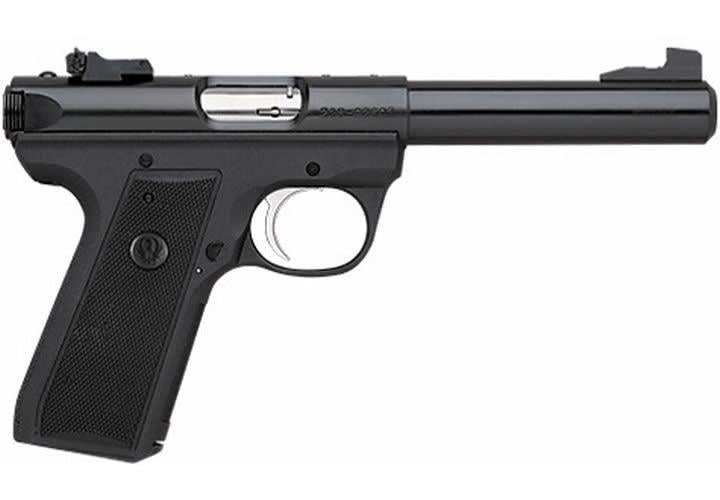Rimfire cartridge cases cannot be reloaded, unlike centerfire ammunition, where the primer is located in a segregated pocket and can be swapped out and "reloaded" with a fresh primer. Rimfire cartridges are therefore much cheaper than the aforementioned centerfire cousins.
When talking about expense, today's rising ammunition prices are not only a concern for the civilian, but also for law enforcement. Ammunition prices have recently skyrocketed and the ammunition allowances for most officers are too meager to cover the ammount of ammunition needed for meaningful practice. A 50-round box of 9mm, .40- and .45-caliber ammunition is well over $20 to $25. Compare that to a 500-round brick of .22 for the same price; you get 10 rounds of .22 for every round of centerfire. That makes practice very affordable.
Additional benefits of the .22 include the low-recoil characteristics of the cartridge. This builds muscle memory and confidence, particularly among novice shooters. It makes sense to shoot a round that is less punishing on the body, particularly when it's done hundreds of times in a row during a practice session. The world's best tactical, police and Olympic shooters will testify to the .22 being essential to their practice routine.
Most officers have incorporated the .22 at some point during their careers or may have become familiar with it during their youth through informal target practice and plinking. One common practice involves taking existing pistol platforms such as the Glock, 1911, Beretta, Sig or AR-type rifle platforms, and utilizing a conversion kit to swap out the uppers and magazines.
While this technique is effective from a price and muscle-memory perspective by utilizing the existing duty weapon's frame, it can also result in sensitivity to ammunition and lack of accuracy. This is because the original weapon was designed to be a centerfire platform and not a rimfire. No matter how hard you try, it's difficult to convert a family sedan into a race car. It was never meant to be used that way.













